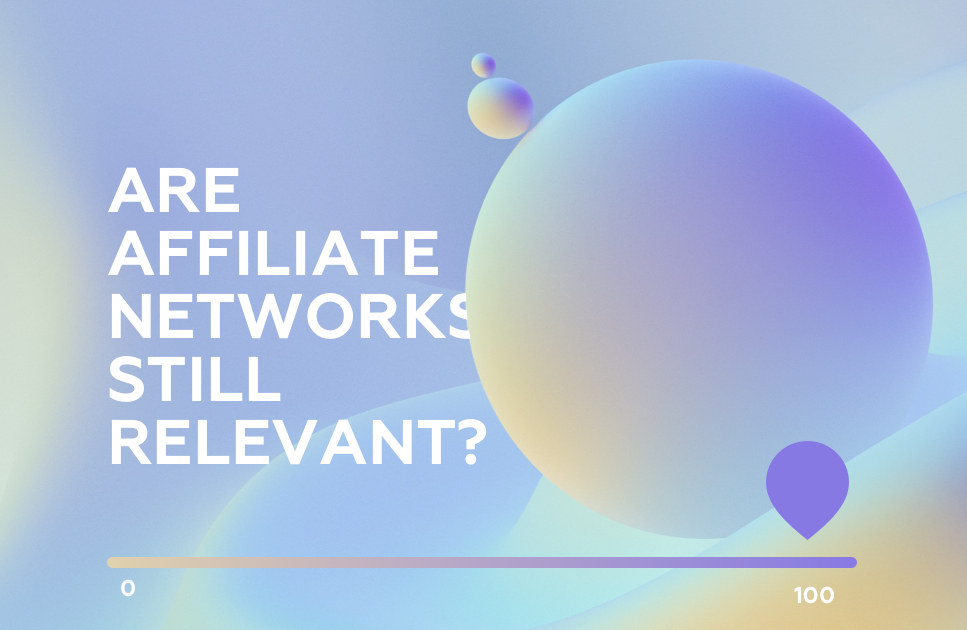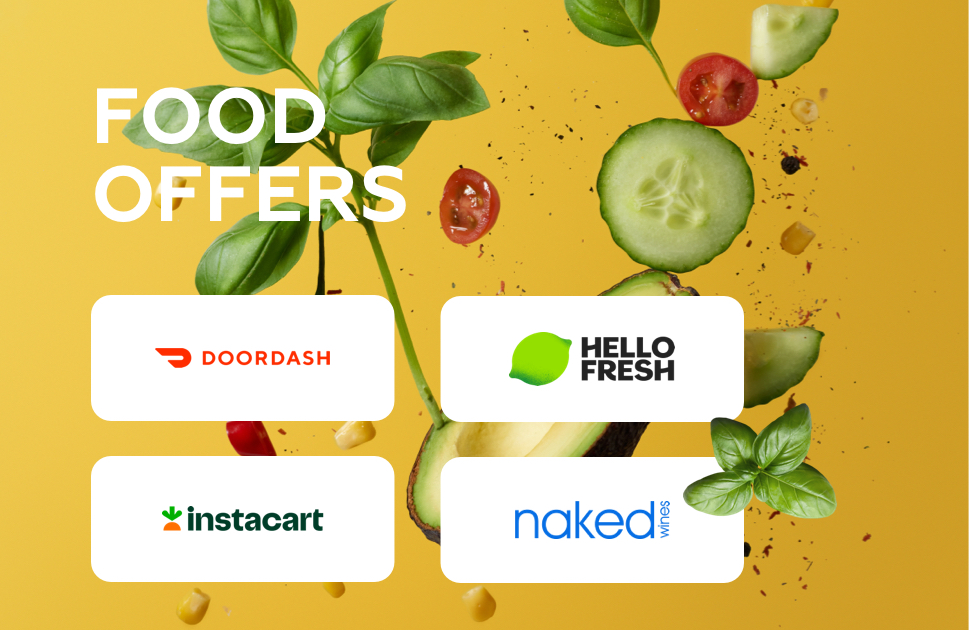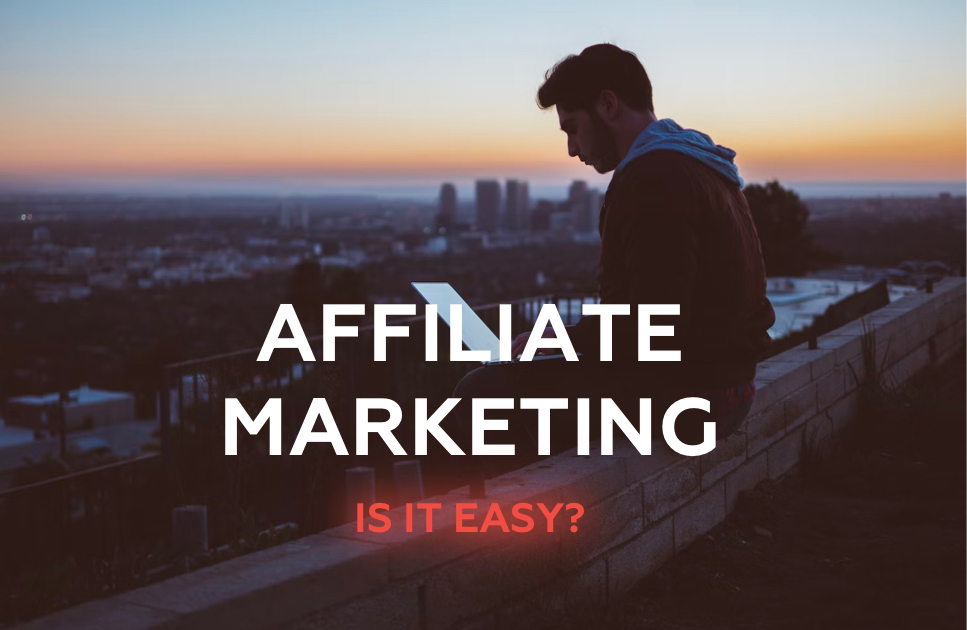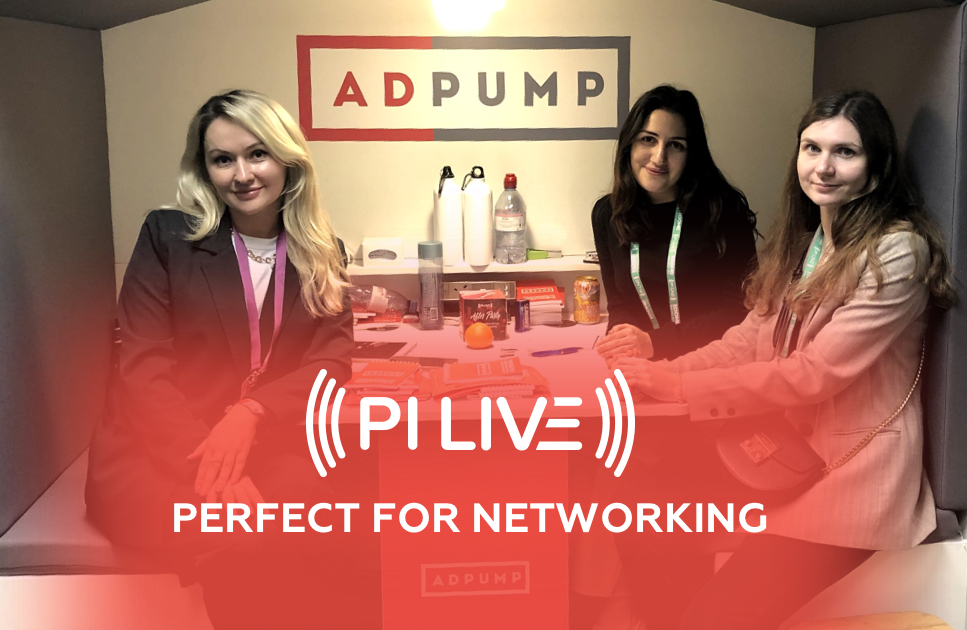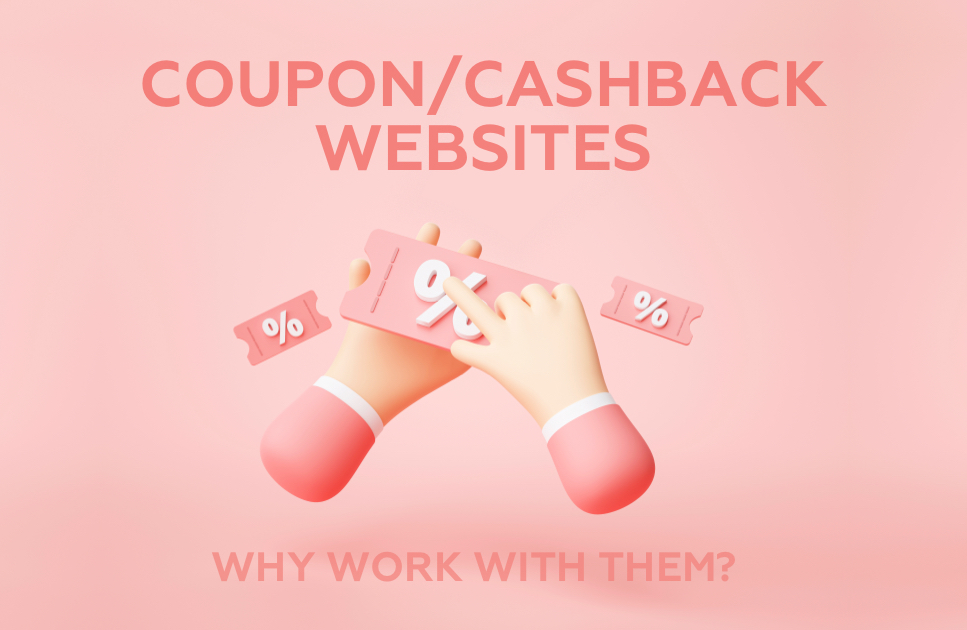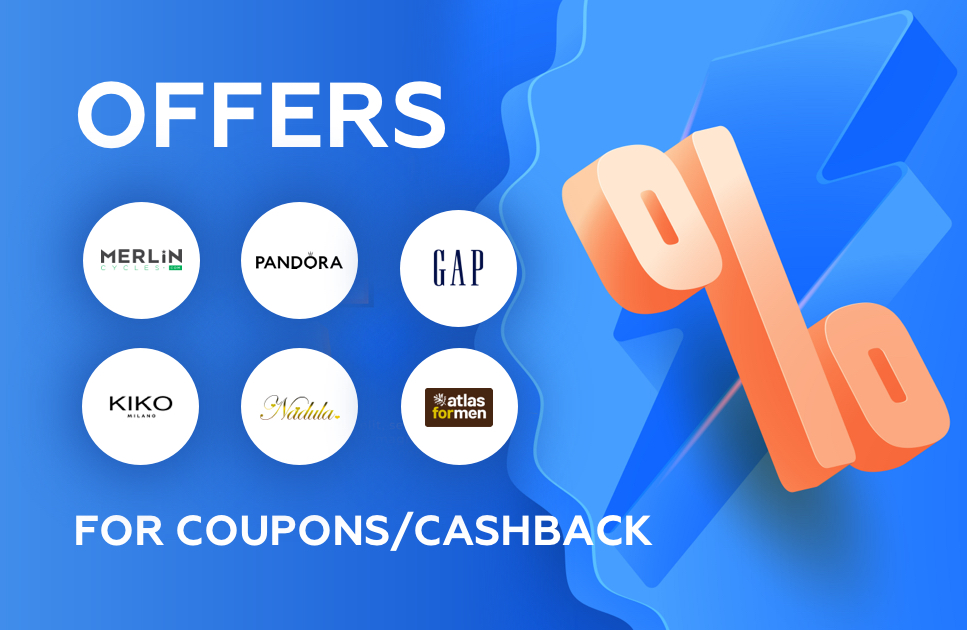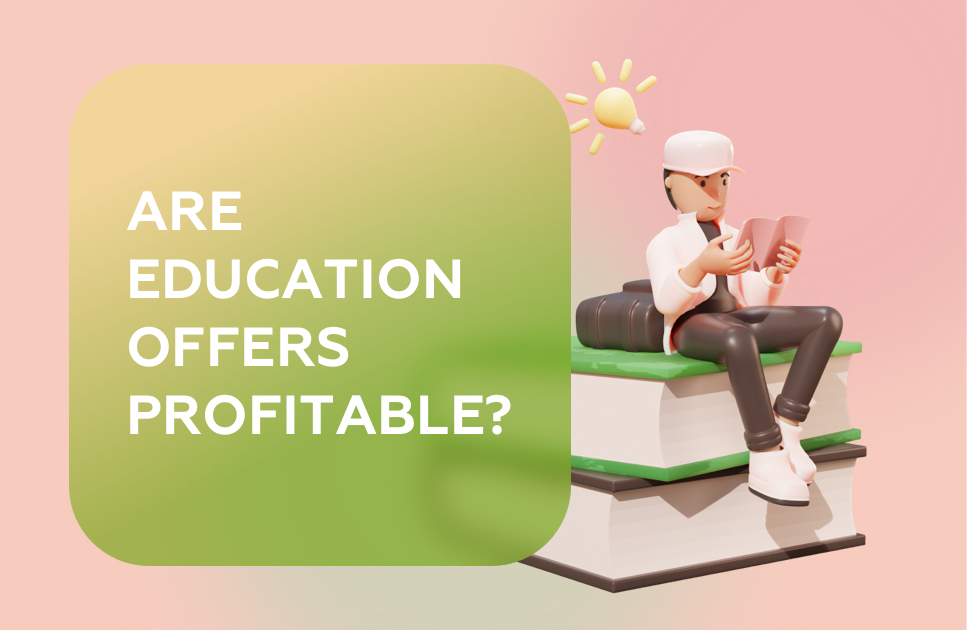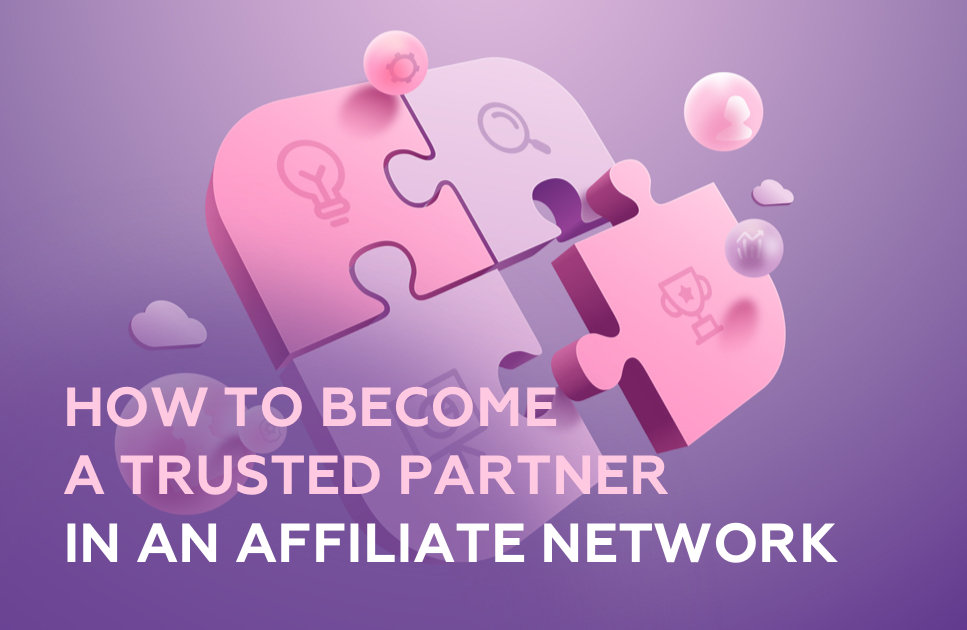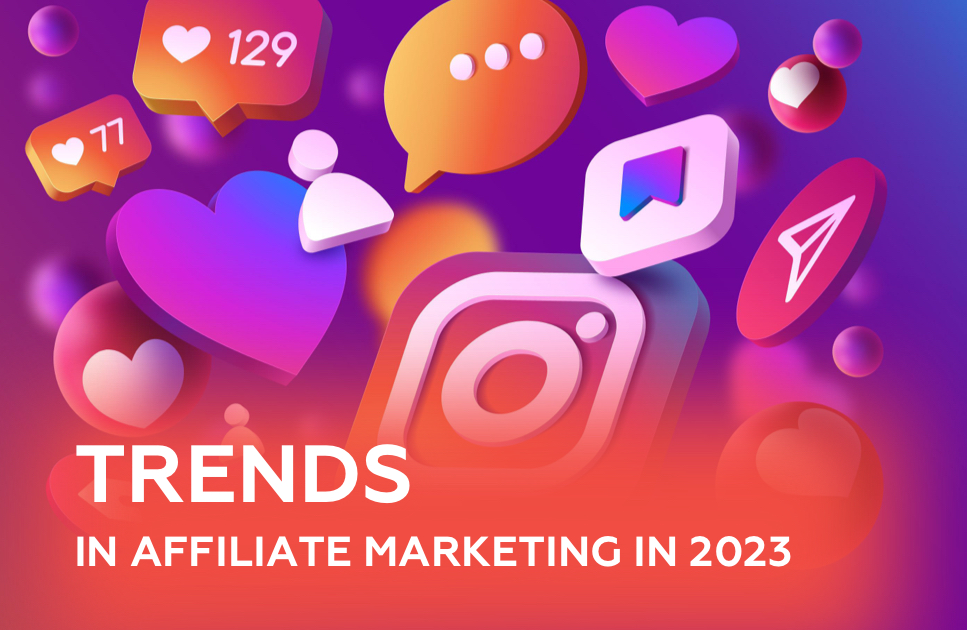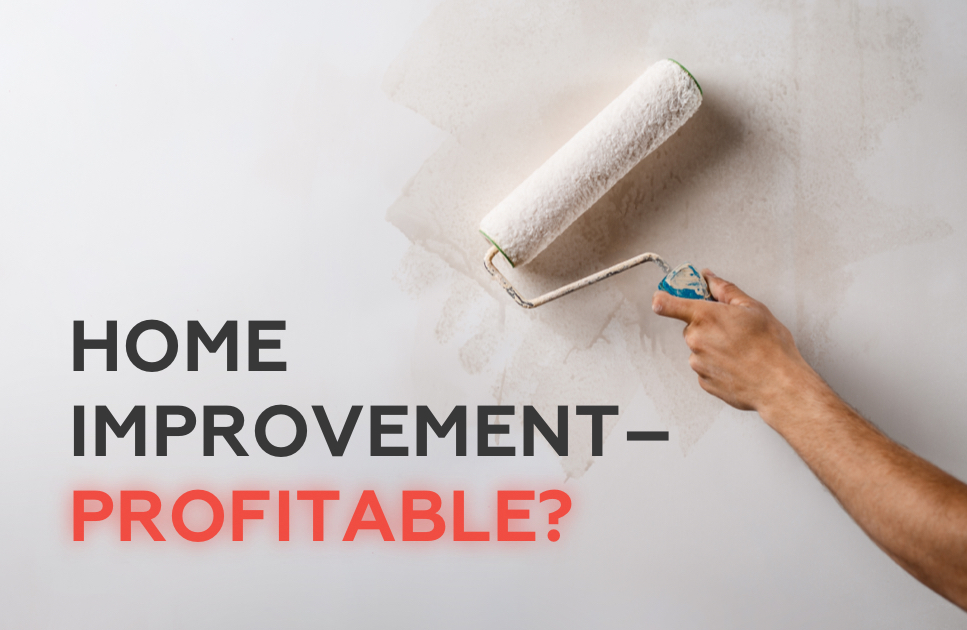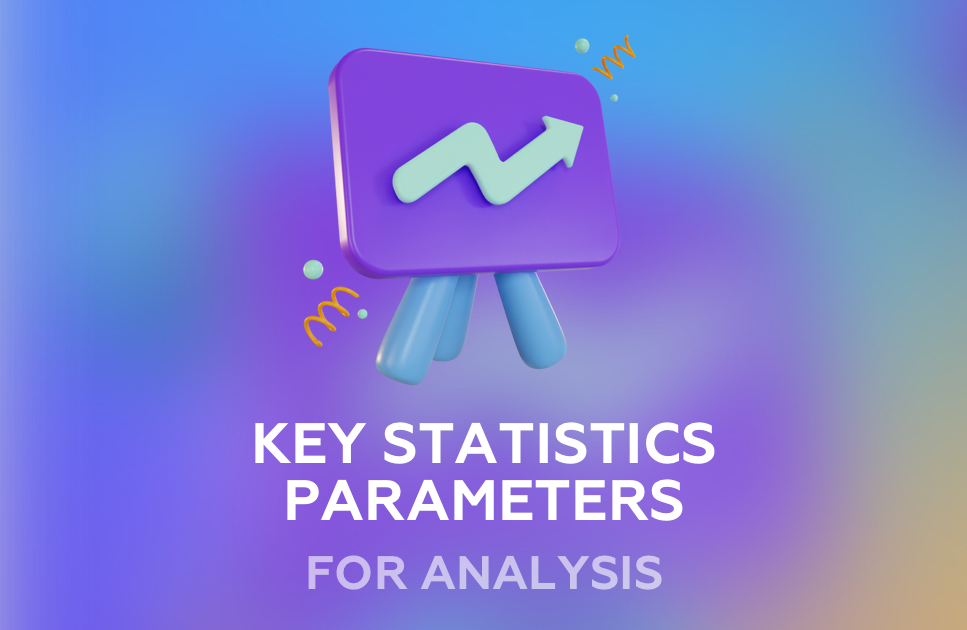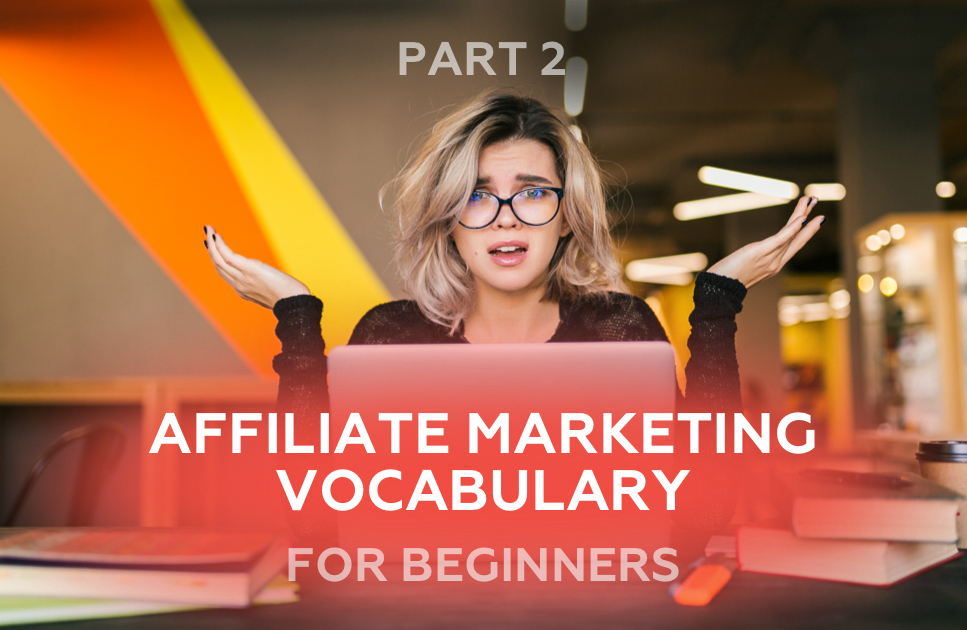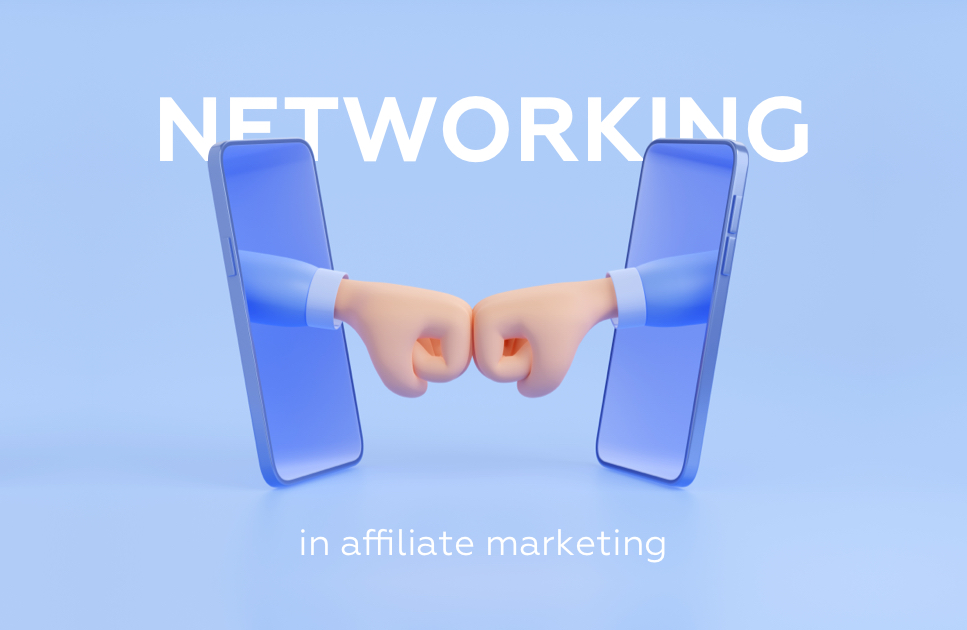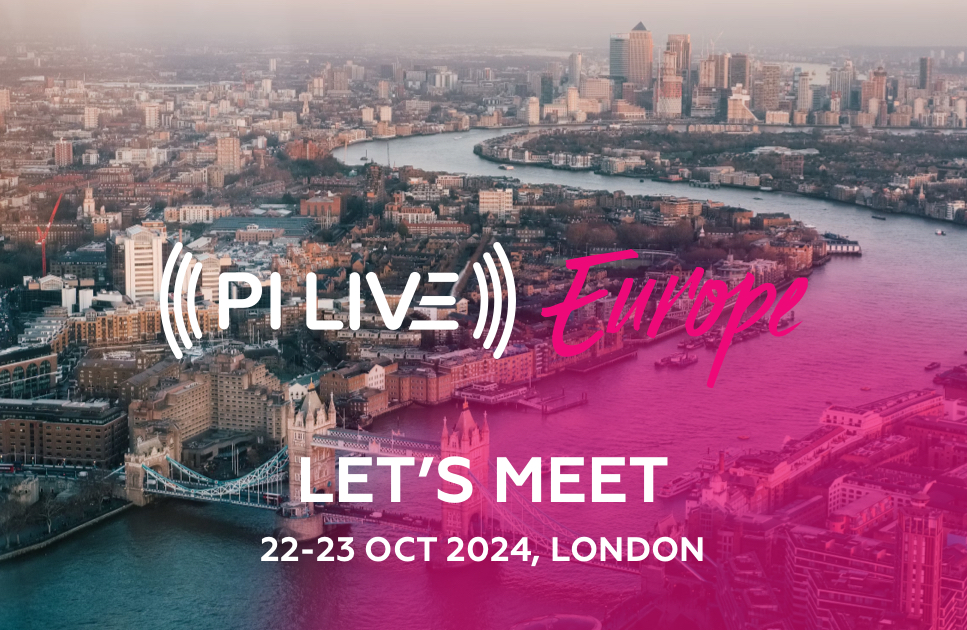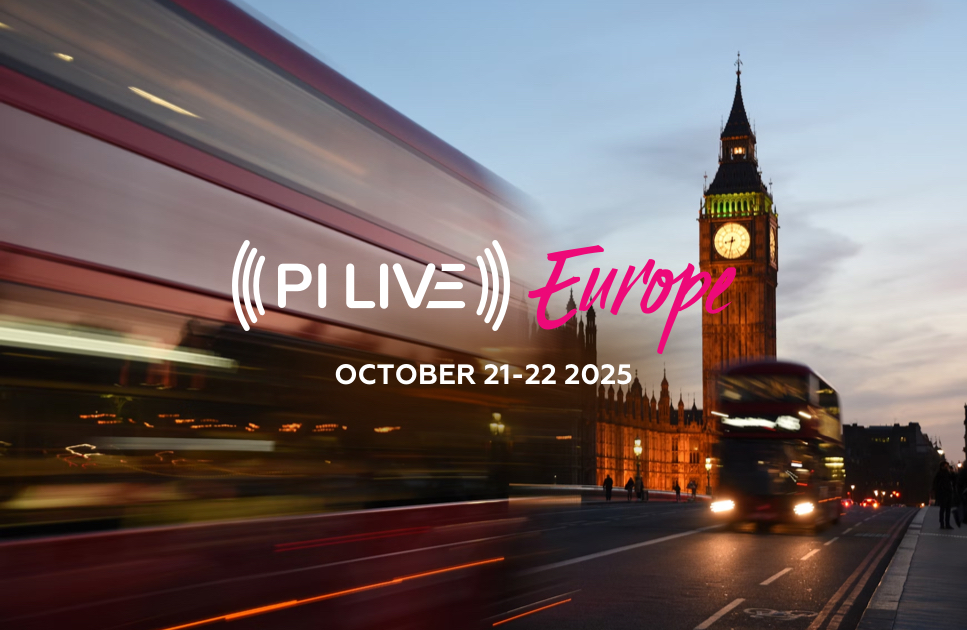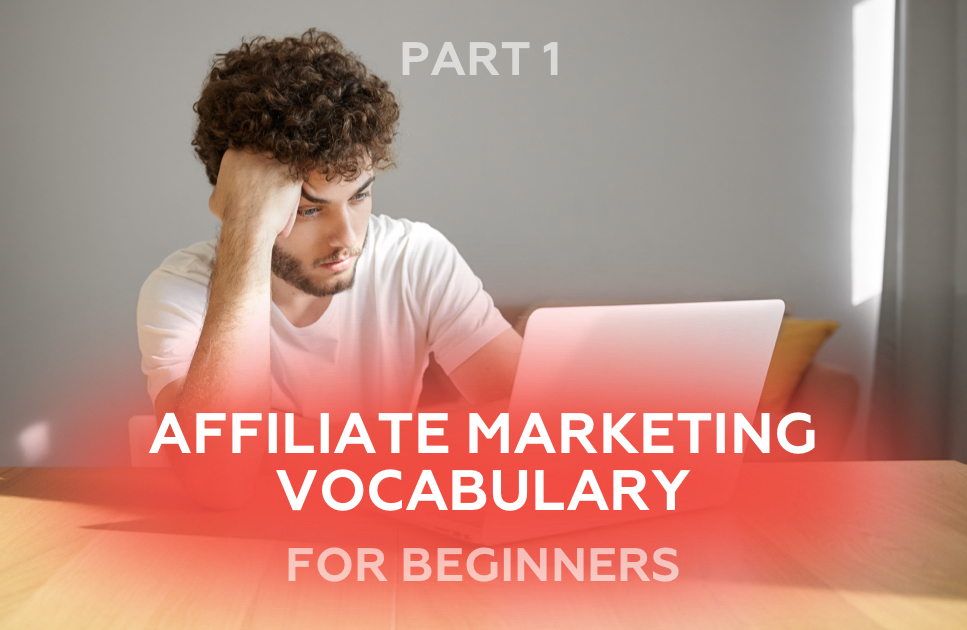
Affiliate marketing vocabulary: for beginners (Part 1)

Despite the seeming easiness of getting started with affiliate marketing, everyone who is just discovering it gets extremely confused by the abundance of different terms. And with every new word and expression the desire to dive deeper into the field seems to evaporate quickly.
To help you on your way to starting out with affiliate marketing, we have compiled a list of some of the most essential vocabulary items that you will definitely need as you move forward. Here are the most basic notions for every beginner:

Affiliate marketing is a form of partnership where a publisher promotes a brand (creates advertisements) and earns a commission from each sale/booking/registration they drive to the merchant. Usually the process looks like this: the merchant starts an affiliate program and recruits publishers => publishers place advertisements using links to track performance => sales are tracked => validated => paid by the advertiser.
This is a convenient scheme for both sides as advertisers need to pay only for the sales/bookings/subscriptions that came through and brought the result.
Publisher vs. Advertiser
It should be obvious, but let’s just go over it quickly.
Advertiser - any brand, any business owner wanting to get more sales/subscriptions or sign-ups/completed surveys etc. and who is ready to pay for it. This could be any online-shop or online-service you know: from Zara to Vodafone to Tripadvisor.
Publisher - a person/team who places advertisements for the brands. It can be a coupon website, where they display deals from the brands and share a promo code (and with each sale made through the website, they get a commission). Or it can be a team of people buying a place on different websites to display banners and place links (and any sale through the link will earn you some percentage).

In a lot of sources you will see CPA-marketing which will be synonymous to affiliate marketing. What does it stand for exactly?
CPA (cost per action) - a payout model where a publisher gets paid for every target action made by a customer: be it a sale, a completed registration form, a submitted request, an app install etc. This is a more general term that encompasses a few other:
CPS (cost per sale) - a payout model where a publisher is paid for every sale made through their website/their personal tracking link. Usually it is a percentage taken from the full order price (so, the bigger the order - the bigger the commission).
CPL (cost per lead) - a payout model where every registration/submitted request/filled form costs a certain amount. Usually this model works on a fixed rate, where commission stays the same for every new lead.
CPI (cost per install) - a payout model where every app install will bring a commission.
Traffic/traffic sources
Traffic is usually measured by the amount of clicks, visits on the website. These are all potential customers that go through the website of the affiliate to the website of the brand. Which means that publishers are the ones who bring traffic to the advertiser, and the advertiser pays for it.
Traffic source is any platform/any website that attracts users and then sends them to the advertiser’s website. There are different types of it: from personal blogs/influencers to coupon/cashback websites to advertising networks.
Lead/conversion
Conversion is basically a target action that a user makes on the advertiser’s website (be it a paid order or a registration) and the publisher is paid for it. Once the target action is completed, the conversion is counted and then is evaluated by the advertiser.
Lead is basically a conversion where the target action was either a simple sign-up or a completed form on the website.
Offer
An offer in affiliate marketing is a proposition from the advertiser to work with their brand, which includes such details as commission, all the tracking links and promo material and other terms regarding traffic.
You can find us on








